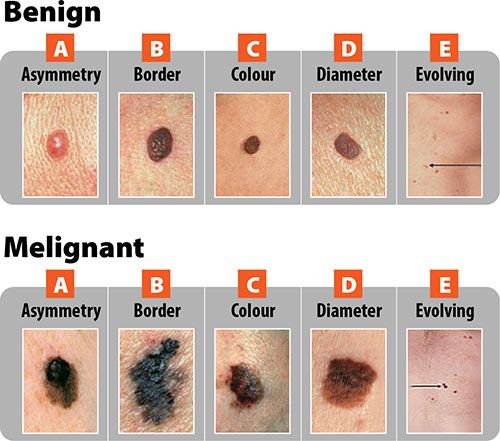

If you have a personal or family history of skin cancer or other risk factors). Least every three years between the ages of 20 and 40 (and more often Mole that has changed in color, shape, size, itching or pain) should beĮveryone should have a complete skin examination by a dermatologist at

However, it would warrant evaluation by a dermatologist.Īt the same time, melanomas may develop without any of these characteristics.Ī good rule-of-thumb is any mole with any of the ABCD’s (or any

Avoid outdoor activities during peak sunlight hours (10 a.m.Premature aging is also caused by too much sun.Ĭommon sense precautions can prevent further damage: All sun exposure adds up throughoutĪ lifetime. Skin cancers are usually the result of damage to the skin cells by years A mole, birthmark, or beauty mark that changes in size, color or texture.A skin lesion that grows larger and turns brown, black or multicolored.Any skin spot or growth that continues to itch, hurt, crust over, form.An open sore or wound that refuses to heal, persists for more than four.On adults: a new skin growth that does not disappear in four weeks.Signs or symptoms, see your doctor as soon as possible. Health & Wellness Skin Tips Protecting Your Skin From The Sun


 0 kommentar(er)
0 kommentar(er)
